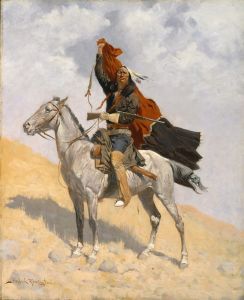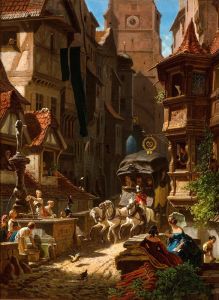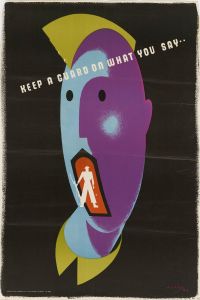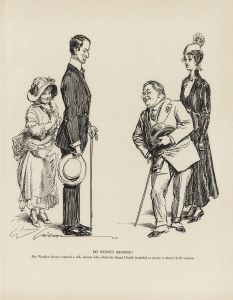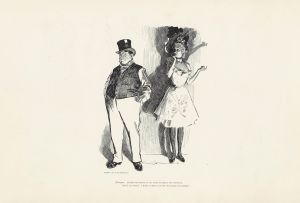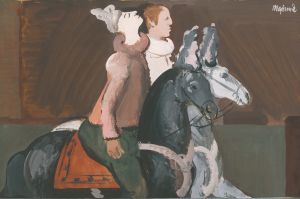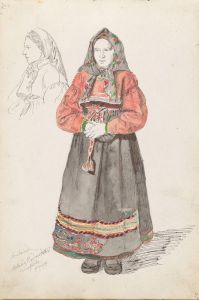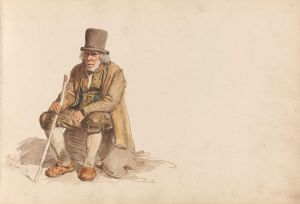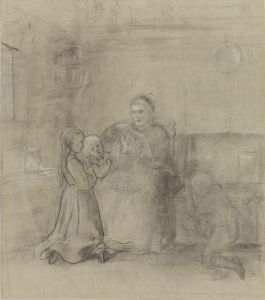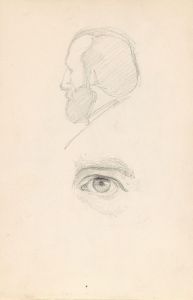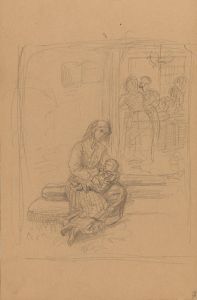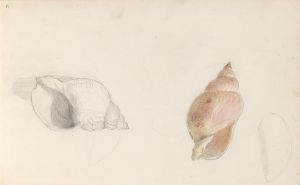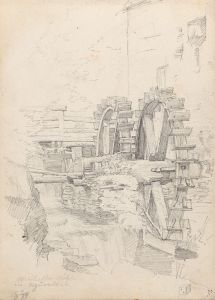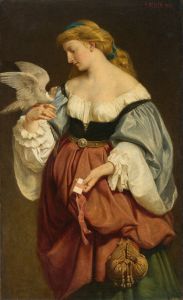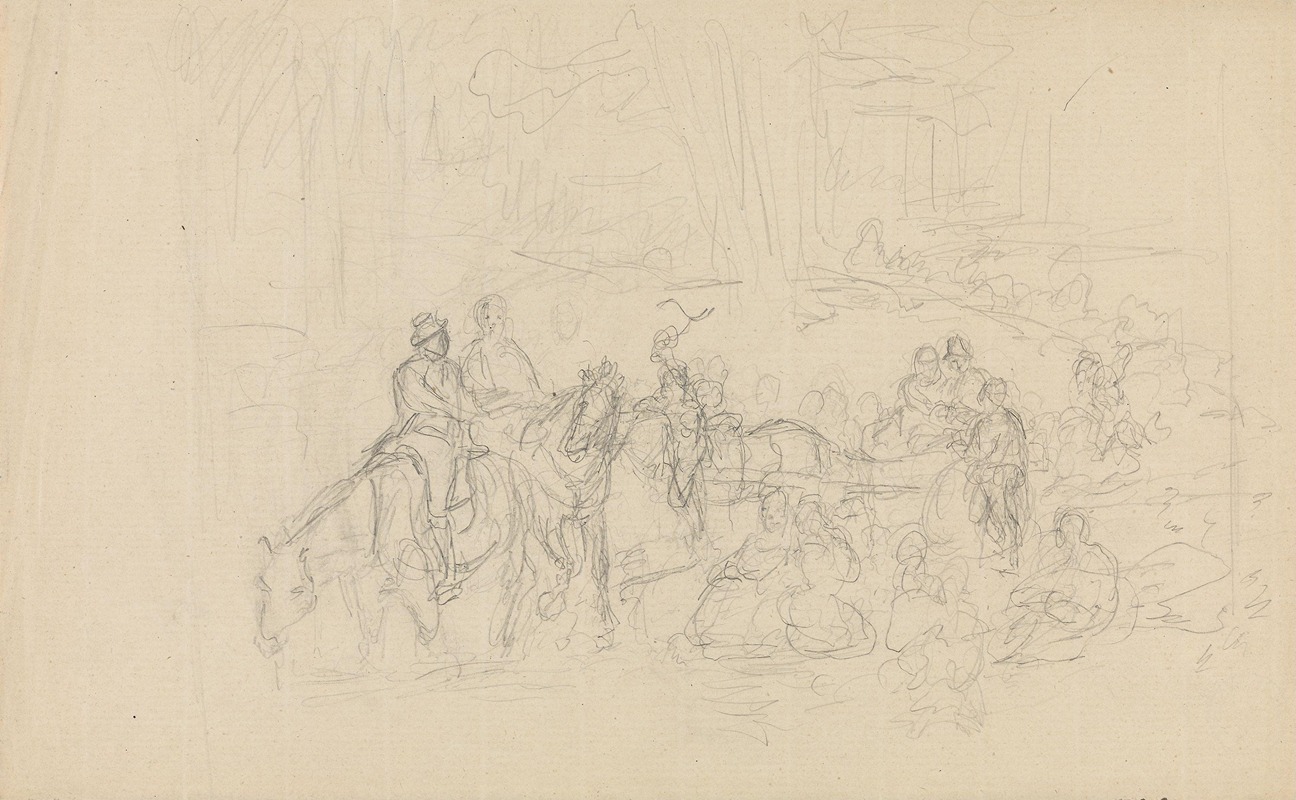
Figruscene med ryttere
A hand-painted replica of Adolph Tidemand’s masterpiece Figruscene med ryttere, meticulously crafted by professional artists to capture the true essence of the original. Each piece is created with museum-quality canvas and rare mineral pigments, carefully painted by experienced artists with delicate brushstrokes and rich, layered colors to perfectly recreate the texture of the original artwork. Unlike machine-printed reproductions, this hand-painted version brings the painting to life, infused with the artist’s emotions and skill in every stroke. Whether for personal collection or home decoration, it instantly elevates the artistic atmosphere of any space.
Adolph Tidemand (1814–1876) was a renowned Norwegian painter, best known for his depictions of Norwegian folk life and historical scenes. One of his notable works is "Figruscene med ryttere," which translates to "Figure Scene with Riders" in English. This painting is a fine example of Tidemand's ability to capture the essence of Norwegian culture and history through his art.
"Figruscene med ryttere" is an oil painting that showcases Tidemand's meticulous attention to detail and his skill in portraying human figures and their interactions. The painting features a group of riders, likely representing a scene from Norwegian rural life or a historical event. The riders are depicted in traditional Norwegian attire, which adds an element of authenticity and cultural significance to the work.
Tidemand's interest in Norwegian folk culture was influenced by the national romantic movement, which sought to celebrate and preserve the unique cultural heritage of Norway. This movement emerged in the early 19th century and was characterized by a focus on rural life, folklore, and national history. Tidemand's paintings often reflect these themes, and "Figruscene med ryttere" is no exception.
The composition of the painting is carefully arranged to draw the viewer's attention to the central figures, the riders. Tidemand's use of light and shadow adds depth and dimension to the scene, creating a sense of realism and movement. The background of the painting features a picturesque landscape, typical of the Norwegian countryside, which further enhances the overall atmosphere of the work.
Adolph Tidemand's artistic style is characterized by his precise and realistic approach to painting. He was known for his ability to capture the subtleties of human expression and the intricacies of traditional costumes and settings. This attention to detail is evident in "Figruscene med ryttere," where each rider is rendered with careful consideration of their posture, attire, and interaction with one another.
Throughout his career, Tidemand traveled extensively throughout Norway, gathering inspiration and material for his paintings. His works often serve as valuable historical records, providing insight into the customs, traditions, and daily life of 19th-century Norway. "Figruscene med ryttere" is a testament to Tidemand's dedication to documenting and celebrating Norwegian culture through his art.
Adolph Tidemand's contributions to Norwegian art have left a lasting legacy. His works are celebrated for their historical significance and artistic merit, and they continue to be admired by art enthusiasts and historians alike. "Figruscene med ryttere" is a prime example of Tidemand's ability to blend artistic skill with cultural storytelling, making it a noteworthy piece in the canon of Norwegian art history.
In summary, "Figruscene med ryttere" by Adolph Tidemand is a significant work that exemplifies the artist's dedication to capturing the essence of Norwegian folk life and history. Through his detailed and realistic portrayal of riders in traditional attire, Tidemand offers a glimpse into the cultural heritage of Norway, making this painting an important piece of 19th-century Norwegian art.





